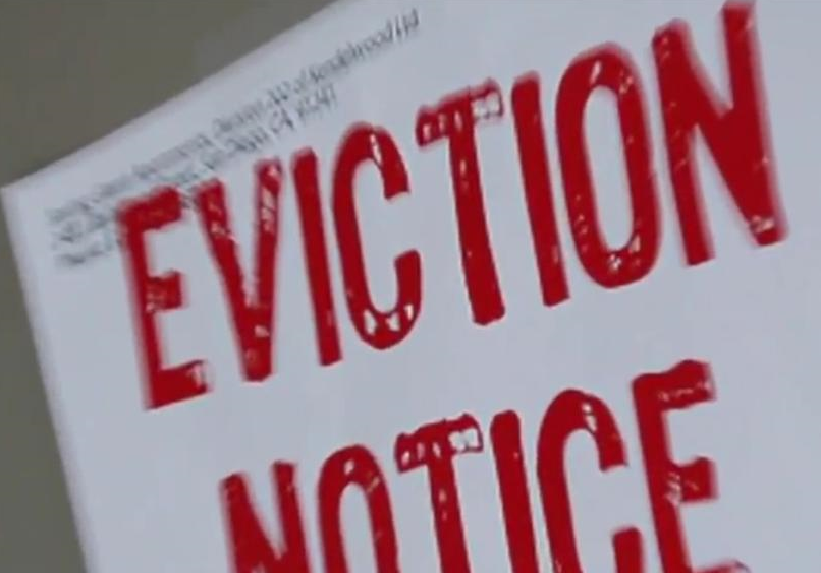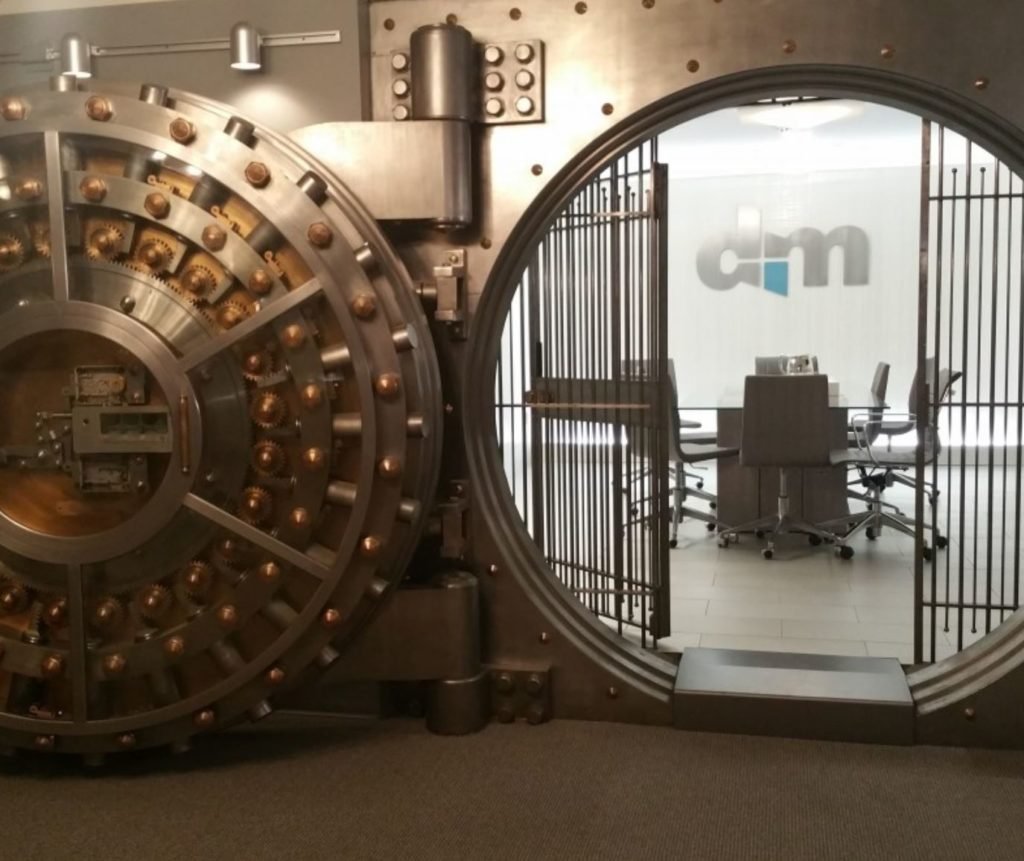
If you have missed more than three mortgage payments, or your lender has filed a Notice of Default (NOD), you might think the loss of your home is inevitable. Even at this stage, there are six strategies you can use to stop the foreclosure process.

Work it out with the lender
Up until the time your home is scheduled for auction, most lenders would rather work out a compromise that would allow you to get back on track with your mortgage than take your home in a foreclosure.

Short Sale
After your lender files an NOD but before they schedule an auction, if you get an offer from a buyer, your lender must consider it.
If they foreclose on your home, the lender is going to simply turn around and try to resell it; if you present them with a reasonable short sale offer, they may see it as saving them the time, effort and trouble of finding a qualified buyer in a soft market.
So, if your home is on the market, continue to aggressively seek a buyer for it, even after your lender initiates the foreclosure process.

Bankruptcy
Bankruptcy stops foreclosure dead in its tracks. Once you file a bankruptcy petition, federal law prohibits any debt collectors, including your mortgage lender, from continuing collection activities.
Foreclosure is considered a collection activity, and so the day your lender becomes aware that you have filed for bankruptcy, the foreclosure process will effectively be frozen.
But here’s the rub; once you get to court, the bankruptcy trustee’s role is simply to play referee or mediator between you and your creditors. Bankruptcy really just buys you more time to replace your lost job or recover financially from a temporary disability; it doesn’t let you off the hook for your debts.
The law requires your mortgage company and other creditors to work in good faith with you to formulate a reasonable repayment plan so you can get back on track. Consult with a bankruptcy attorney regarding whether filing for bankruptcy is a good strategy for you.

Deed in Lieu
A deed in lieu of foreclosure is exactly what it sounds like. The homeowner facing foreclosure signs the deed to the home back over to the bank — voluntarily.
This sounds like it would be a great option, but actually has the same impact on a homeowner’s credit that foreclosure does.
Lenders are very reluctant to agree to take a home back through a deed in lieu of foreclosure for a number of reasons: They fear the homeowner will sue later alleging they didn’t understand what was happening, the lender must pay any second or third mortgages or home equity lines of credit (HELOCs) off before executing a deed in lieu, and the lender wants to be certain that the borrower’s financial distress is real. Allowing the foreclosure process to proceed is one way the lender can be sure the borrower is not faking poverty.
As such, a deed in lieu of foreclosure is virtually never granted unless: foreclosure is imminent; the owner has had their home on the market for several months and been unable to sell it; there are few or no junior loans or liens the lender will have to pay off; the seller can document their financial hardship; and the seller initiates the process and documents the voluntary nature of their request for a deed in lieu.
Even when all these factors are present, many lenders will not agree to a deed in lieu.

Assumption/Lease-Option
Most loans these days are no longer assumable. The average mortgage now contains a “due on sale” clause by which the borrower agrees to pay the loan off entirely if and when they transfer the property. However, if you are facing foreclosure, you might be able to persuade your lender to modify your loan, delete this clause and allow another buyer to assume your loan.
The lender may want to assess the new buyer’s qualifications, but it can be a win-win-win option for all. You might be able to negotiate a down payment from the buyer which you can use to pay off your outstanding past due mortgage balance.
In a lease-option scenario, the buyer becomes your tenant, and you continue owning the property until the buyer has saved enough down payment money, improved their credit sufficiently or sold their other home. In some situations, the buyer will make a one-time, lump option payment upfront, paying you to obtain the option to purchase your home.
You can apply the option payment to bringing your mortgage current. Then, the buyer will make lease payments monthly which you, the seller, then apply to your mortgage.
To successfully use a lease-option to stop the foreclosure process, you must negotiate lease payments that cover most or all of your mortgage payment, property tax and insurance obligations — enough that you can make up any difference and still pay to live somewhere else.

Sell to an Investor
Selling your home to an investor will allow you to close quickly without having to make repairs on the house. Many people find this to be a viable option to resolving their pending foreclosure.
Click the get started link below to find out more about avoiding foreclosure by selling to a private investor.

